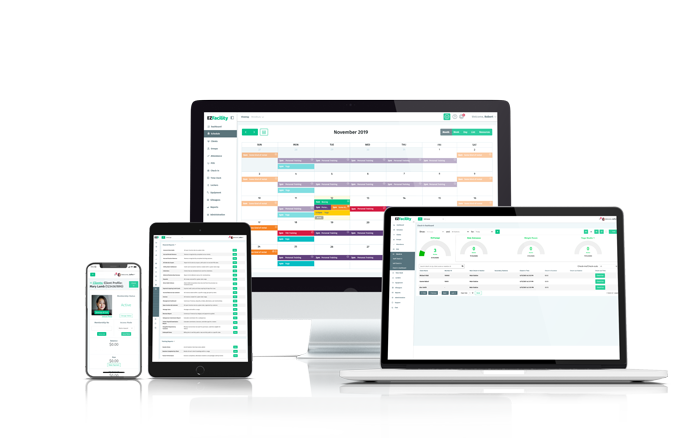Over a year after COVID-19 pandemic shutdowns began, most gym owners are beyond ready to fully open their doors. Part of running a successful gym is making sure that every person feels welcome, and now is no different.
While you likely have vocal gym enthusiasts ready to get back into their old routines, remember that there are likely just as many people hesitant about re-joining large indoor groups. Here are 3 ways to properly reopen your gym so that all feel welcome.
1. Maintain Health Standards
Recent studies show that gyms and fitness centers were some of the superspreader sites of spring 2020. Even if your staff are fully vaccinated, consider the benefits of reducing their exposure to colds, flus, and other viruses. Requiring staff to wear a face covering and maintaining safety protocols of cleaning more will not only make members feel more comfortable, but could also reduce lost attendance for both members and employees due to illness.
Help your members and staff continue the health protocols developed over the last year. Here are a few ways to encourage good health habits:
- Mark circles on the floor in the free weight and floor exercise areas to show people how far apart to maintain social distancing
- Stagger class start times of classes to reduce the number of people in the locker rooms at one time
- Increase the number of equipment cleaner stations throughout the gym to make it easier to reach and use
- Provide virtual streaming access to group classes to reduce the number of people in the room
- Work with your facilities management to increase ventilation and air filtration in the building
2. Stay Up to Date
In order to both keep your people safe and keep your gym compliant, make sure to stay abreast of public health news in your area. Review the COVID-19 Employer Information for Gyms and Fitness Centers article to find how to protect your employees and which hazard controls to implement to keep everyone safe.
3. Ask People What They Want
As vaccination rates vary and children are still ineligible to receive the vaccine, there is no one right answer to what will make gym members comfortable again. Send a survey to your email list stating that while you’re following the protocols, you want to hear from them. Ask first how likely they are to return to the gym as well as which safety protocols they’d like to see in place. Some options include smaller group fitness classes, offering times where masks are required, and enforcing physical distancing.
When reviewing survey responses, you may want to give more weight to people more in the middle of the pack in being ready to return. People who respond that they absolutely won’t come back aren’t going to be swayed by wiping down machines more often. And, your most loyal gym attenders are less likely to be kept away by some additional rules. Focus on the people who are hesitant to come, but want to make it work.
Conclusion
While there’s light at the end of the tunnel, it’s important to maintain your commitment to keeping your staff and your members safe at your fitness center. Continue with your existing health protocols, stay up-to-date on changing business guidance, and ask your members what would make them comfortable to return to your facilities.









